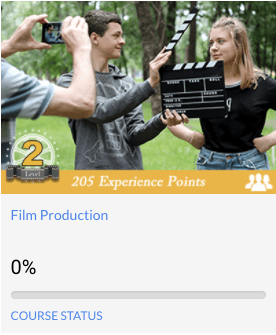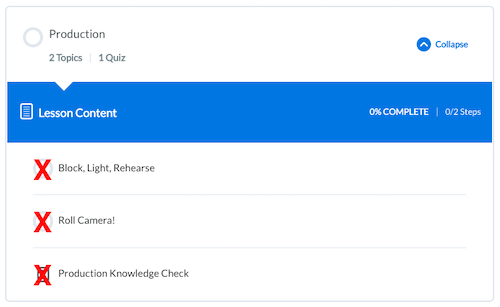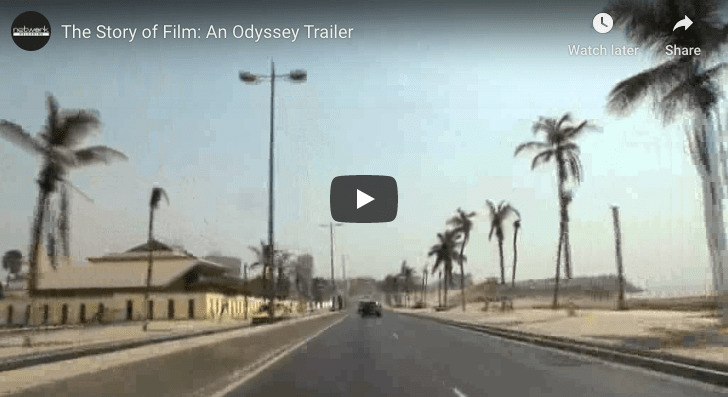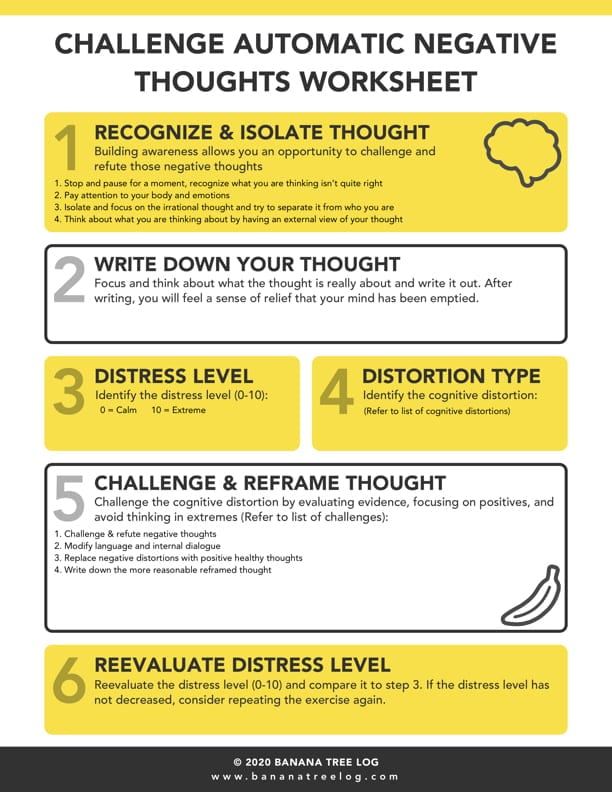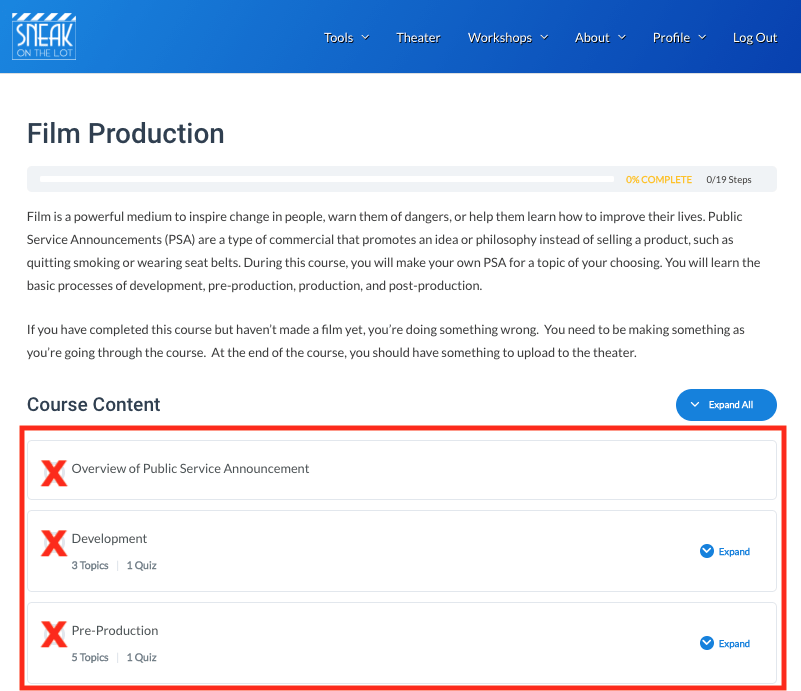| TOPIC | YOUR NOTES |
| 1. Who is the protagonist? | Offred or her real name, Jane. |
| 2. Who is the antagonist? | The Commanders |
| 3. What is the conflict? | The Handmaid’s Tale is the story of life in the dystopia of Gilead, a totalitarian society in what was the United States. Gilead is ruled by a fundamentalist regime that treats women as property of the state, and is faced with environmental disasters and a plummeting birth rate. |
| 4. What is the theme? (summarize in one or two words)Learn more… | Women’s Bodies as Political Instruments |
| 5. How is the story told (linear, with flashbacks, flash-forwards, at regular intervals)Learn more… | This story goes back and fourth from flash backs from before the change in society then back into present time. |
| 6. What “happens” in the plot (Brief description)? | As Offred tells the story of her daily life, she frequently slips into flashbacks, from which the reader can reconstruct the events leading up to the beginning of the novel. In the old world, before Gilead, Offred had an affair with Luke, a married man. He divorced his wife and married Offred, and they had a child together. Using the military, they assassinated the president and members of Congress and launched a coup, claiming that they were taking power temporarily. |
7. How does the film influence particular reactions on the part of viewers (sound, editing,
characterization, camera movement, etc.)? Why does the film encourage such
reactions? | I think this story really hits deep in your heart. It helps you really think about your life and the privallage you have in your life. Women in Irac don’t even have the right to vote. You realize the privillage of living in the US. That’s what I think about when thinking back to the first season of the handmaids tail. I think this film also makes the viewer tremble and get scared, be on there toes because no one knows what is going to happen next. Personally I can’t even imagine living in a world like Jane has to live in, I don’t know I could do it. |
8. Is the setting realistic or stylized? What atmosphere does the setting suggest? Do
particular objects or settings serve symbolic functions?Learn more… | I think it’s a little bit of both. The plot started in the real world, the way we live today, and then turned into a very dark place so who know, maybe it is realitic. But at the same time I don’t think that this kind of thing could ever happen to our country. Although Russia and China tried out communism which is very different but look how bad that turned out for them. I don’t know if that compare to the world in the Handmaids tail, probably not, but thats what I thought of. |
| 9. How are the characters costumed and made-up? What does their clothing or makeup reveal about their social standing, ethnicity, nationality, gender, or age? How do costume and makeup convey character?Learn more… | All of the Handmaids where a red cloke and a bonnet, no makeup, they are supposed to look clean and pure. Commanders where suits white the wives wear green dresses. Maids who cook and clean where gray maid uniforms. The hierarchy goes from top to bottem: Commanders, Commanders wives, Maids and then on the bottem, handmaids. When Handmaids are pregnant though, they are treated a lot better than before they were pregnant. |
| 10. How does the lighting design shape our perception of character, space, or mood?Learn more… | The lighting is usally dark and gloomy to make the scenes depressing and sad. There is not aloud any emotional connection between anyone, there is in the story, but it is forbidden and it anyone found out, they would be killed. |
| 11. How do camera angles and camera movements shape our view of characters or spaces? What do you see cinematically?Learn more… | Different camera angles help show different parts of the story. There are some camera angles showing from behind when walking home from the grocery store, and then when the camera angle changes it could be right in front of Offreds face or of her and another handmaid, while they are being sneaky and talking about things that they shouldn’t be. |
| 12. What is the music’s purpose in the film? How does it direct our attention within the image? How does it shape our interpretation of the image? What stands out about the music?Learn more… | Music was added to add dramatic impact to the show. It directs our attention to whats really going of in the film. When the music is fast and scary, like maybe the jaws music, it makes the views palms sweat, make they wonder if there favorite person is going to die. If the music is more of a slow wandering sound, I think i makes you interested in what the people are saying in the show. Maybe this is the time something important about the show is said. |
| 13. How might industrial, social, and economic factors have influenced the film? Describe how this film influences or connects to a culture?Learn more… | Well the film really talks about women rights, so i’m sure they are trying to promot women rights and feminism. They had a lot of money to spend of this tv show, the budget was large enough to do everything that they could to make the scenes look more real and scary. |
14. Give an example of what a film critic had to say about this film.Use credible sources and cite sourcesExample: “The Shawshank Redemption Movie Review (1994) | Roger Ebert.” All
Content. N.p., n.d. Web. 24 June 2015.Find good sources… | Liz Shannon Miller
indieWire
TOP CRITIC
“The Handmaid’s Tale is a haunting confluence of tenses. It’s also one of the best shows of the year so far, at times hard to watch but impossible to ignore.” |
| 15. Select one scene no longer than 5 minutes that represents well the whole film and shows relevant cinematic elements. Explain why. | PLACE THE TIME STAMP FROM THE SCENE HERE… Example: 00:02:00 – 00:06:00
Season One, Episode one. |
| 16. In the selected scene: write a sentence for each of the elements below: | |
| a. Screenwriting: | The script was very well written in this scene, it made you jump and want June and her family to escape. |
| b. Sound Design: | There was lots of vrooming and car sounds as they were being chased, then when they crashed there was a huge boom. The gun shots was load and there was a lot of them. |
| c. Camera Movements: | The camera movements changed throughout the scene, some were wide screen showing the woods, some word of the backs of June and her daughter running. |
| d. Light Setup: | The lighting was dark and gloomy, i was a raining day with clouds. |
| e. Soundtrack: | Some music like the jaws music, scared what is going to happen next when they are running, but becides that this scene didn’t have much music. |
| 18. What’s the socio-cultural context of this film?Learn more… | It’s sometimes very hard to watch this show but you can’t ignore what is happening, it scares me to the bottem of my heart of this one day happening. |




